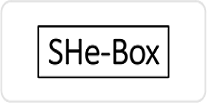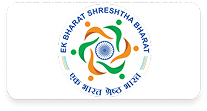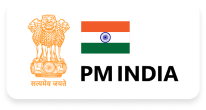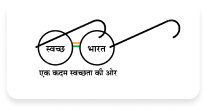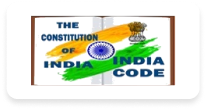Publications Division is a repository of books and journals highlighting subjects of national importance and India’s rich cultural heritage. Established in 1941, Publications Division has emerged as a premier publishing house of the Government of India. The contribution of DPD assumes importance as being a unique publishing house competing in the market on one hand, and a pioneer government organization on the other. The Division played a pioneering role in publishing classic works during the days when the Indian publishing industry was nascent and media reach was limited. Books on the life and thoughts of Mahatma Gandhi hold a place of pride for the Division. Publications Division has published several books on Gandhian thoughts including the Collected Works of Mahatma Gandhi (CWMG) in 100 volumes, in English, and Sampoorna Gandhi Vangmaya in Hindi which is considered to be the most comprehensive and authentic collection of Gandhiji’s writings
Division enjoys credibility among the publishers and is well recognised for the authenticity of the content and affordable price of publications. Publications Division, in collaboration with Gujarat Vidyapeeth, and under the supervision of prominent Gandhian scholars, has also prepared the e-version of the Collected Works of Mahatma Gandhi (e-CWMG), a fully searchable Master copy, in the form of a well designed set of DVDs.
This monumental work is a lasting contribution to the national heritage by preserving Mahatma Gandhi’s written words in permanent and tamper-proof electronic format. The e-CWMG is also hosted on the Gandhi Heritage Portal, a comprehensive repository of authentic Gandhian literature. The endeavor to get more Gandhian titles is continuing. Publications Division is continuously endeavoring to outreach its efforts to further enrich and diversify its content and to reach more and more people. With this end in mind, the Publications Division is making meticulous efforts to make partnership arrangements with reputed institutions, Gandhian Organizations, and prestigious publishers working for similar causes of enriching the reading public.
The Publications Division is also making similar arrangements with its sister organizations in the Ministry of Information & Broadcasting. Such partnerships have already started bearing fruits and the Publications Division is being enriched with quality publications in the areas of Gandhian thought, art, culture, cinema, and other aspects of national heritage.
Besides books, the Publications Division also publishes 18 monthly journals, which include Yojana in English, Hindi and 11 other languages, Kurukshetra (English and Hindi), Bal Bharati (Hindi) and Aajkal (Hindi and Urdu). These journals have a large readership and enjoy a high degree of credibility among the public. These journals reflect the initiatives of the Government and the country’s progress in different areas covering a wide range of subjects such as economic development, rural reconstruction, community development, literature, culture, children’s literature and information on employment and career opportunities
Yojana, the flagship journal of the Division published since 1957, seeks to carry the message of planned development to all sections of the society and serves as a forum to promote a healthy discussion representing a cross-section of views on socio-economic aspects of development. Kurukshetra, published since 1952 in English and Hindi, is a unique monthly journal dedicated to rural development issues. Bal Bharati, the popular children’s monthly in Hindi, is being published regularly since 1948. Its objective is to provide healthy entertainment to children while educating them at the same time. Ajkal, the prestigious literary magazine published since 1945 in Hindi and 1942 in Urdu, brings out a number of special issues and covers different aspects of Indian culture and literature.
Publications Division is headed by Director General (DG), who is assisted by Director level officers heading Editorial, Business, Production, IT and Administration divisions and Employment News. The headquarters of the Publications Division is at Soochna Bhavan, CGO Complex at New Delhi and it functions through its various sales emporia at New Delhi (Headquarters), Delhi (old Secretariat), Mumbai, Chennai, Kolkata, Patna, Lucknow, Hyderabad and Thiruvananthapuram and Yojana offices at New Delhi, Mumbai, Kolkata, Chennai, Ahmedabad, Guwahati, Hyderabad, Thiruvananathapruam and Bengaluru.





